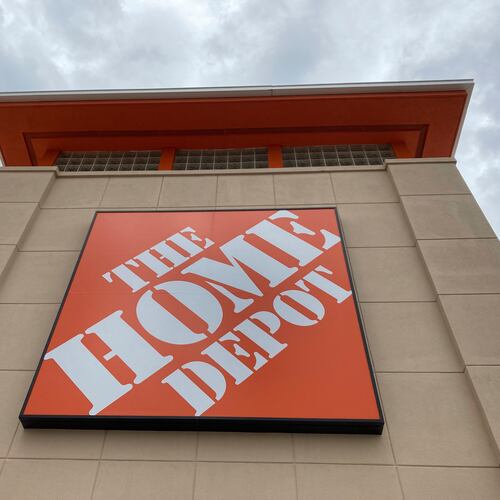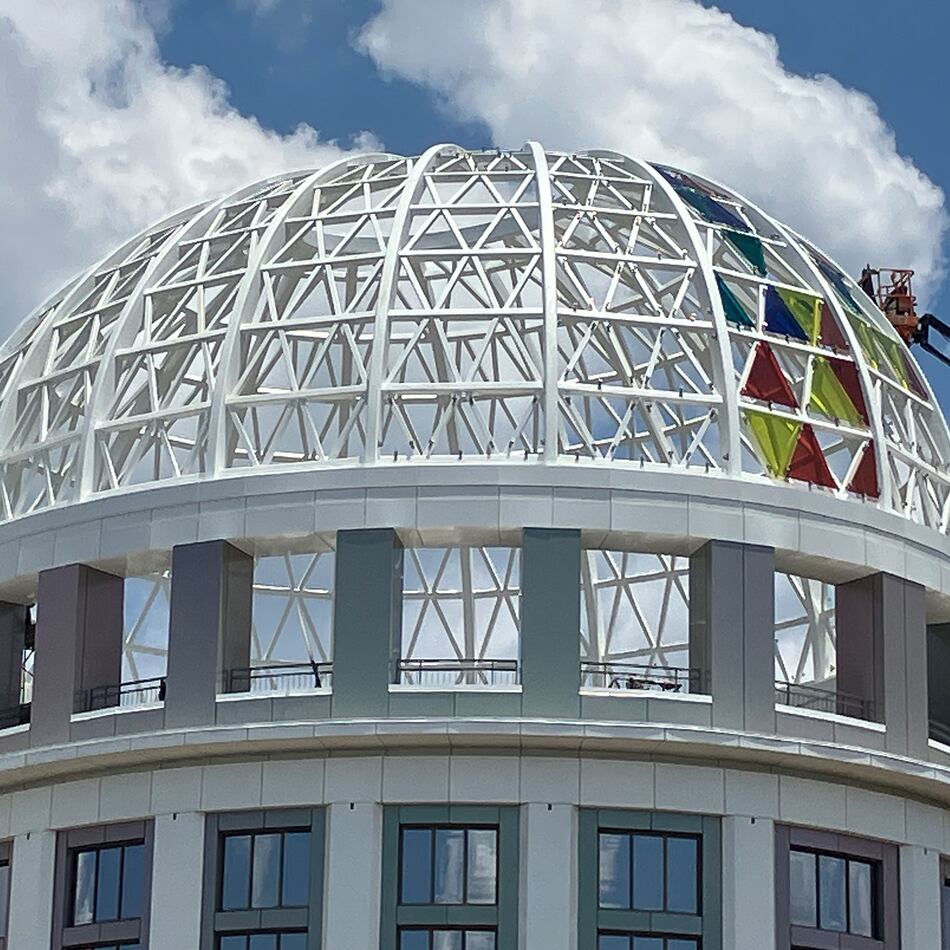Global trade proved one of the few bright spots for Georgia’s economy during the Great Recession.
But a high-powered coterie of Atlanta business and government leaders will warn Thursday that Georgia’s recovery could stall if the port of Savannah – the state’s import-export engine – isn’t deepened to attract the next generation of supersized container ships.
The Army Corps of Engineers reported recently that Savannah’s river and harbor could be deepened to an economy-boosting 48 feet with minimal environmental impact. The cost, to be borne by Georgia and federal taxpayers: $551 million.
The Corps’ decade-long, $40 million study bolsters port boosters who say the deepening is critical for Georgia’s economic future, especially with larger container ships calling on East Coast ports by 2015.
Hurdles remain, though. Four federal agencies must approve the plan for dredging to begin by late 2012, and members of Congress and environmental groups could try to alter the project. Environmentalists worry that deepening the Savannah River will harm the region’s drinking water, endangered sturgeon, striped bass and life-sustaining marshes. South Carolina officials fear Savannah will steal business from Charleston and stymie the development of a planned port at Jasper.
Atlanta Mayor Kasim Reed joins Home Depot CEO Frank Blake and others Thursday at the World Congress Center to update the media and others on the consequences – Charleston, Jacksonville and other ports are also keen to expand ports – if Savannah fails to deepen its harbor and river.
“It is critical to maintain the competitive advantage that Savannah provides to Georgia and the region,” said Mark Holifield, the Home Depot executive in charge of logistics. For our customers, if trade (advantages) shift, we would have to re-evaluate our investments” by considering other ports.
Savannah is the nation’s fastest growing, and fourth largest, container port. Savannah, along with the commodity port in Brunswick, accounts for 129,000 full- and part-time jobs statewide and contributes $15.5 billion in personal income, according to the University of Georgia’s Selig Center.
Atlanta benefits mightily from the ports. Roughly $8 billion in cargo that passed through the two ports was produced, shipped or received across the 28-county metro Atlanta region during the last fiscal year, according to the Georgia Ports Authority. But Atlanta’s economy will suffer, port boosters say, without a deeper Savannah port.
The Panama Canal, through which 47 percent of cargo bound for and from Savannah passes, will complete an industry-transforming expansion by 2015. Shippers predict a 25 percent uptick in East Coast cargo traffic – more auto parts and electronics from China, for example – by larger container ships bypassing clogged West Coast ports.
That spawned Georgia’s push to deepen Savannah from 42 to 48 feet. Savannah’s port, according to the Nov. 16 report by the Corps, is the shallowest of the nation’s top 10 container ports. Charleston’s harbor, for example, is 45 feet deep.
The Corps estimates the cost of deepening a 35.6-mile stretch of Savannah harbor and river at $551 million. Washington would cover 70 percent of that amount. Georgia legislators have already set aside $102.3 million, less than half its share of the project.
If the harbor is deepened, the Ports Authority plans to double the amount of cargo Savannah can handle by 2020. It also expects to spend another $1.1 billion on cranes and rail yards to accommodate twice as many containers.
The Corps says a deeper Savannah port will add $100 million annually to the nation’s economy.
But South Carolina officials worry they’ll lose money if Savannah sucks up more East Coast trade.
“Folks in Charleston are always nervous about competition from anybody,” said Dean Moss, chairman of the Savannah River Maritime Commission, a South Carolina agency. “There’s also concern about the implications of deepening on the potential future South Carolina port in Jasper County. We believe that Jasper offers the greatest opportunity for ocean-going commerce in the Savannah area.”
South Carolina and Georgia have committed to jointly build a new port in Jasper County about 10 miles closer to the ocean than Savannah’s Garden City Terminal. Nobody, though, expects Jasper to get fully built before 2025 once Savannah and Charleston run out of terminal space.
Georgia may need South Carolina’s political support to wrest hundreds of millions of deepening dollars from Congress, especially with rising opposition to earmarks. U.S. Rep. Jack Kingston, the Republican whose district includes Savannah, sent a letter to the White House in September requesting the president include deepening dollars in his budget so as to avoid congressional skirmishing over limited Corps’ funds. Georgia Sens. Johnny Isakson and Saxby Chambliss, both Republicans, penned similar missives.
Money isn’t the only issue. Environmentalists aren’t convinced that a 48-foot shipping channel “can be mitigated to an acceptable level” as the Corps reported. Scientists with the U.S. Fish and Wildlife Service, which manages the 3,200-acre Savannah National Wildlife Refuge across the river from the port, recommend a channel no deeper than 45 feet. At 48 feet, the refuge would lose more than 10 percent of “irreplaceable” freshwater tidal marsh.
The Corps plans to spend $200 million mitigating environmental damage if the harbor is deepened to 48 feet. Will Berson, interim director of the Georgia Conservancy’s coastal office, said that may not be enough money.
“What contingencies does the Corps have in case their modeling is wrong?” Berson asked. “Our concern has always been to have a refuge and a vibrant port. The Corps needs to make people feel confident that the environmental aspect of the deepening is being looked at as earnestly as the commercial.”
Curtis Foltz, the Port Authority’s executive director, envisions little environmental impact.
“Someone who makes statements that the project’s impacts haven’t been thoroughly analyzed and mitigation plans are not well thought-out is either not informed or has ill intents,” he said. “Anything short of 48 feet is something that we would be disappointed with. Ships aren’t getting any smaller. They’re only getting bigger.”
About the Author
Keep Reading
The Latest
Featured

